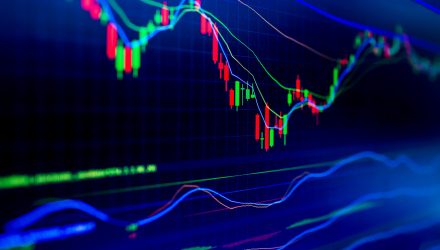With a year-to-date return of over 31% according to Morningstar performance numbers, the Invesco Russell 1000 Dynamic Multifactor ETF (BATS: OMFL) shows that multi-factor investing can work in today’s market landscape.
“There has recently been some chatter about the go-go days of smart beta exchange traded funds winding down, but industry observers may want to be cautious when it comes to doubting multi-factor funds because some of those ETFs are delivering the goods in 2019,” wrote the ETF Professor in MarketWatch. “As has been noted, multi-factor ETFs as a group experienced significant population growth over the past couple of years and 2019 flows data indicate some advisors and investors are warming up to these products.”
OMFL seeks to track the investment results of the Russell 1000 Invesco Dynamic Multifactor Index. This underlying index is designed to select equity securities from within the Russell 1000® Index, which measures the performance of the 1,000 largest-capitalization companies in the United States.
“In the last five years, many asset managers have successfully launched multi-factor index-based ETFs that combine three or more investment approaches that historically showed performance success,” CFRA Research Director of ETF & Mutual Fund Research Todd Rosenbluth said in a recent note. “These factors are low volatility, momentum, size, quality and value. CFRA reviewed the performance of ten of these US-focused ETFs, which do not all use the same factors, or use them the same way, and often have different criteria for security inclusion.”
A Small-Mid Factor Option
Another option for ETF investors is the Fidelity Small-Mid Factor ETF (FSMD). FSMD will focus on mid-cap equities, which comparatively, are often overlooked relative to their large-cap brethren.
